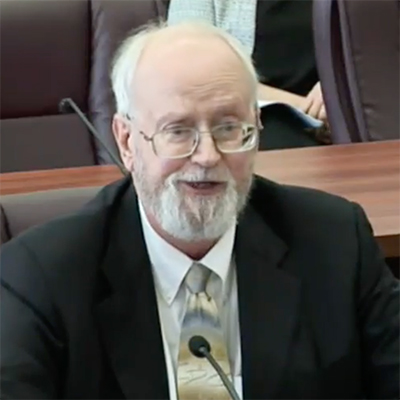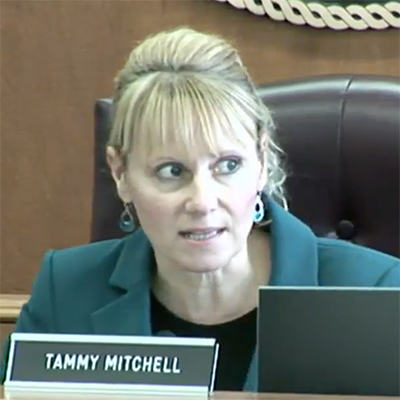
New York officials on Wednesday approved a NextEra Energy Resources subsidiary to build and operate a 280-MW solar farm with 20 MW of battery storage capacity on a few thousand acres of farmland between Rochester and Niagara Falls (19-F-0299).
The state Board on Electric Generation Siting and the Environment authorized a certificate of environmental compatibility and public need for the estimated $345 million Excelsior Energy Center project in the Town of Byron in Genesee County. The facility will be the largest solar farm ever built in New York, with solar panels covering 1,716 acres on a project tract of about 3,443 acres and is expected to begin commercial operation in late 2022.
Administrative Law Judge Gregg Sayre detailed the reasoning of the Department of Public Service staff recommendation to the siting board, saying the contested issues fell into three areas: the use of agricultural land, particularly prime farmland; the impact of the project on the character of the community as a result of its size and visual impact; and the alleged noncompliance of the project with the Town of Byron and Genesee County comprehensive plans.
Contested Issues
The state Department of Agriculture and Markets objected to 30% of the project being located on prime farmland and claimed that a solar energy project constitutes a permanent conversion of farmland to non-agricultural uses.
The Siting Board rejected the argument about permanent conversion of farmland in the Hecate Energy Albany case in January of 2021 when it concluded that a commercial solar facility does not result in a permanent loss of farmland where certificate conditions require the land to be fully restored as closely as possible to its prior condition upon decommissioning (17-F-0617).
 Judge Gregg Sayre, NYDPS | NYDPS
Judge Gregg Sayre, NYDPS | NYDPS“In this case there is some permanent loss of farmland due to access roads and other similar construction, but it amounts to only about 31 acres, which is less than 1% of the project’s area,” Sayre said. “Although the department is certainly correct that agricultural production will be reduced in the footprint of the project for approximately 30 years, the reason behind that loss is that the property owners in question have voluntarily entered into lease agreements with the applicant.”
A local group, Byron Association Against Solar (BAAS), filed at least 20 documents regarding safety concerns, issues concerning soil and air contamination, concerns about the danger of battery fires, and the layout of the project, roads, boundaries and set-backs.
BAAS offered two studies to support its position that the project will have a massive negative impact on farming in the town of Byron, but one of the reports was based on what Sayre said is a “completely erroneous” number of affected acres. The report, he said, is deficient in using one year of crop pricing in its analysis of impacts rather than a longer average given the price fluctuation that occurred over the course of several years in the town’s top 10 crops.
The second study produced by BAAS claims that the project would cause a redistribution of farms and lands and an increase in farming costs, but it fails to support its conclusions that the project would increase the cost of farming in the area, Sayre said.
BAAS also put in the testimony from Eric Zuber, owner of a large dairy farm adjoining the project area, who stated that he would lose the use of farmland on which he spreads excess manure.
Secondly, the order concluded that claims that the project will destroy the rural community were “overstated” and that visual impacts have been avoided or minimized to the maximum extent practicable.
Laws and Plans
The third issue in dispute was based on the testimony of a local resident speaking for himself, not for the town or the county, that the project is inconsistent with the town and county comprehensive plans.
 Tammy Mitchell, NYDPS | NYDPS
Tammy Mitchell, NYDPS | NYDPS“The resident is absolutely correct in stating that the protection of agricultural lands is listed as a goal in both of those plans, but … the town comprehensive plan also explicitly supports the development of clean energy resources, so there is necessarily, as with most land-use issues, some balancing required of competing goals,” Sayre said.
Last year, the town adopted a solar law, finding that the law is consistent with its comprehensive plan, and the county planning board implicitly found that the law was consistent with both the town and county comprehensive plans when it approved the town law, Sayre said.
“I believe that the proposed draft order granting a certificate of environmental compatibility and public need for the Excelsior solar generating facility is well balanced and avoids or mitigates impacts to the extent practicable,” said Tammy Mitchell, director of the DPS Office of Electric, Gas and Water, serving as alternate chair of the board in place of Public Service Commission Chair Rory Christian.
The other alternates for the permanent members of the Siting Board were Louis Alexander, representing the commissioner of the Department of Environmental Conservation; Dr. Elizabeth Lewis-Michl, representing the commissioner of the Department of Health; Vincent Ravaschiere, representing the commissioner of the Department of Economic Development; and John Williams, representing the chair of the New York State Energy Research and Development Authority.
The Siting Board for the Excelsior case also included one ad hoc member, Norman Pawlak, dissenting.

